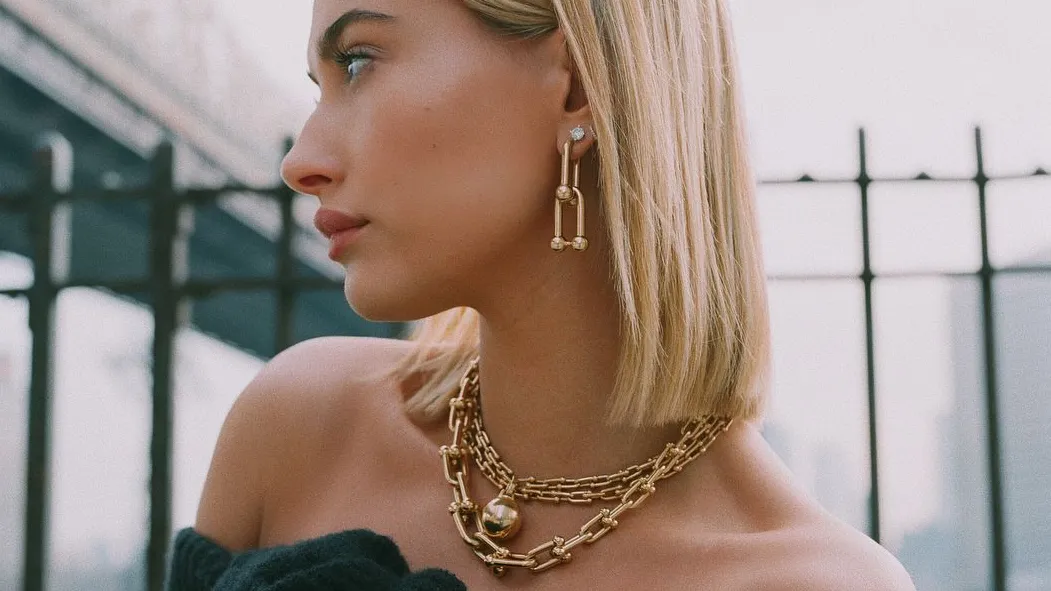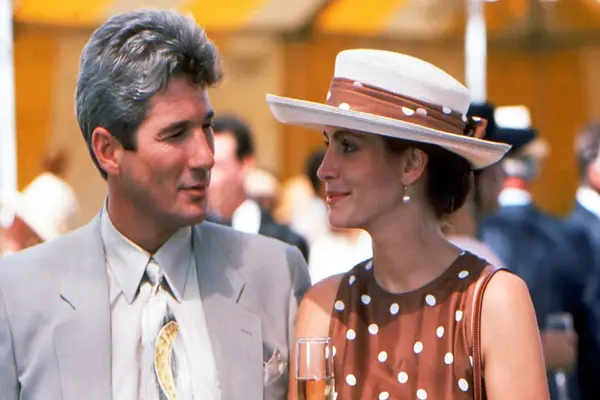The first thing that flashes your mind when you say jewellery, is the bright shining yellow metal “Gold”. It’s a valuable asset that only gets incremented with every passing year. It is primarily used for making vintage and antique jewellery. Gold holds multiple properties like malleability, ductility, easily blends with other metals, natural shine, conducts electricity and stays stainless.
Apart from using it for jewellery, Gold has been used in the field of medicine and dentistry for ages. It is used in orthodontic appliances, filling cavities and substituting displaced and dislocated teeth due to its anti-allergic properties. Being a good conductor of electricity, gold is used in many electronic devices like laptops, mobiles, televisions, GPS devices.
Gold bars are considered a great asset for making investments and managing finances. This practice is getting very popular with increasing gold prices.
As you are well informed about the uses now, let’s discuss the different types of gold classified based on colour, coating type and karat type.
Different Gold Colors:
1. Yellow Gold:
Yellow gold is undoubtedly the most popular colour around the globe. It is the most accepted colour in all cultures. In earlier times gold was recognised by yellow colour only. It was considered to be in its pure form for its yellow colour. Whereas, the colour isn’t the correct unit to measure the purity of this metal. It is measured in karats instead.
Yellow gold also comes in different hues. The range of colours is created by alloying gold with other metals like silver, copper, nickel and zinc. The lighter hues contain more silver and the darker hues are made by increasing the amount of copper in the alloy.
2. White Gold:
White gold is not found in the mines naturally. This colour of gold is obtained by adding other white precious metals to pure yellow gold. White gold came into existence in the 1920s and became popular as a substitute for platinum since then. The white gold is obtained by mixing palladium silver and yellow gold.
The manufacturing process and palladium cost make white gold a bit more expensive than gold. White gold is the first choice for engagement and wedding rings now. It’s a stronger metal for daily wear and more scratch-resistant than other metals.
3. Rose Gold:
Gaining popularity since 1920, rose gold was introduced back in 1800. The feminine colour has now become a common fashion colour. The rose gold holds hues of pink, blush pink to specific. This colour is not found naturally and is obtained by mixing gold, copper and silver. Most of the rose gold jewellery is made in 18k or 14k. It is less expensive and more durable due to its high copper content. It is a favourable metal for making signet rings.
4. Black Gold:
Not so popular due to the gradual gaming popularity in the jewellery world, black gold is one of its kind. Of course, this metal came into existence after human experiments. The composition of this alloy is a bit difficult to make jewellery, thus the jewellers use several other methods to give a black surface coating. For example, oxidation, patination, laser treatment, electroplating, chemical vapour deposition.
Laser treatment is the most reliable method for a permanent finish.
5. Green Gold:
Green gold is not such a common type of gold but it was used by ancient people in 860 bc. This was a naturally occurring alloy made up of gold and silver. This allows was used by ancient people and they used to call it electrum. It’s a very rare form of gold and not so casually found at the stores.
6. Grey Gold:
While it is not so popular, grey coloured gold does exist. This hue of gold is obtained by mixing gold and palladium. The cost price and maintenance go very high thus, it’s not practically economical. Well, the cheaper version of grey gold can be made by mixing silver, gold, magnesium and copper.
7. Blue Gold:
Blue gold is also one of the rarest colours found in gold alloy. This colour is not much preferred by people. This type of gold is made of intermetallic alloys or oxidation like black gold.
This colour of gold can be created by mixing indium or gallium to the gold. But the colour obtained by alloying these metals will still not yield the rich blue colour.
8. Purple Gold
Gold and aluminium are used in intermetallic alloy arrangements to get a purple hue of gold. This alloy is quite brittle and practically difficult to carve into any neckpiece, chain or ring. Purple gold is only used for ornamenting purposes and is very rarely used worldwide.
Gold Coating Types:
1. Gold-Filled:
Gold-filled term states that the base metal used for making the jewellery is covered with gold alloy with the help of a mechanical bonding process. Here, the heat and pressure make the gold stick with the base metal firmly. The gold filled jewellery contains 5% gold of the entire metal used in making the particular jewel piece. This type of gold filling is the best of its kind, as it stays for many years to come.
2. Gold Plating:
As it’s called, here gold is used for covering the base metal with its layer on the outside. Gold plating is done by the electroplating method. The gold content is very less in this type of jewellery. It only constitutes one-fourth of the entire metal. The gold plating jewellery is cheaper in price and the gold plating doesn’t stay for long. It wears off with time and requires retouching.
3. Vermeil:
Vermeil coating gold jewellery is manufactured by taking sterling silver as a base metal and applying gold layers over it. Here the gold content ratio is kept higher to keep it durable and strong. The electric current is used to make the bond between the metals. The vermeil jewellery is comparatively cheaper to gold filled ones. These rings tend to tarnish once the coating starts to wear off.
Gold Karat Types:
1. 10K:
10 karat gold contains the lowest amount of gold. It comprises only 41% of the alloy. It seems dull in appearance and not appreciated for making jewellery. The nickel is used in this arrangement. People with nickel sensitivity must watch out before buying any such jewellery item. But you will rarely find any jewellery with 10k gold.
2. 14K:
This weightage of gold is quite popular in US and European countries. The weightage of gold here is 14 karats of 24 karats pure gold. The 14 k gold jewellery is 40% cheaper than the 18k gold. It’s durable and used worldwide for engagement and wedding rings.
3. 18K:
With 75% of gold and 25% of other metals like zinc and copper, 18 k gold is sold worldwide. The 18k gold is less yellow than pure gold but it is still considered favourable in jewellery making. The diamond and other gems need this weightage of gold to hold it strongly. You may find most of the gemstone jewellery in 18k and 14k gold weightage.
4. 24K:
The purest form of gold found on earth is 24k gold. It is the brightest and yellowest in colour. The 24 karat gold is non-corrosive and hypoallergenic. It is fragile and needs other metals for molding it into jewellery. Its malleable and ductile properties make it easy to give any shape or structure.
Gold prices are skyrocketing every day. With the increase in demand and consumption of this metal, it’s also going to get scarce one day. So, it’s better to invest in it today than tomorrow.





